Home>Gardening & Outdoor>Outdoor Recreation & Activities>What Is The Name Of The Smallest Ball In Bocce Ball?
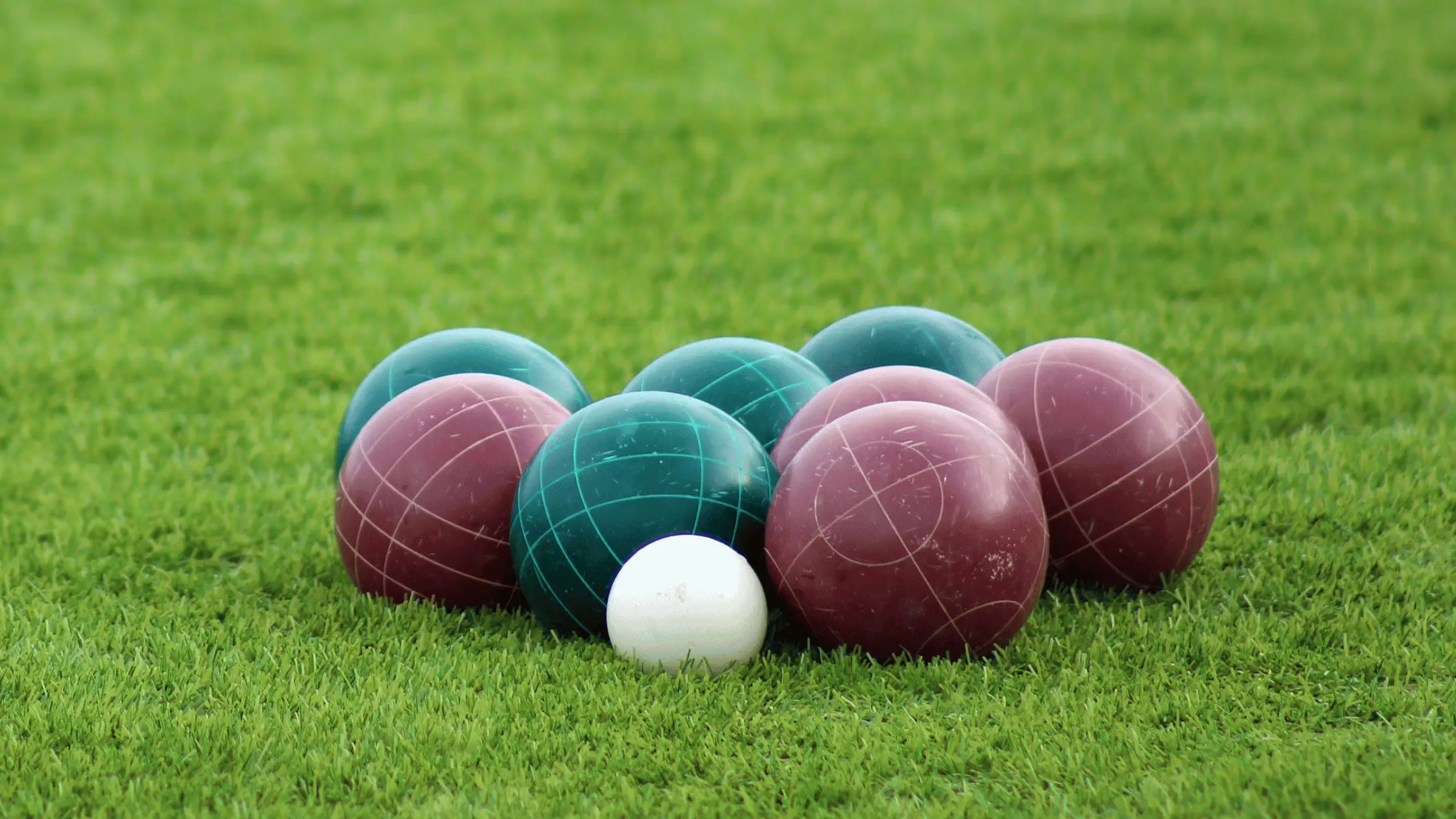

Outdoor Recreation & Activities
What Is The Name Of The Smallest Ball In Bocce Ball?
Modified: March 2, 2024
Discover the name of the smallest ball in bocce ball and learn more about outdoor recreation and activities. Find all the information you need here.
(Many of the links in this article redirect to a specific reviewed product. Your purchase of these products through affiliate links helps to generate commission for Storables.com, at no extra cost. Learn more)
**
Introduction
**
Bocce ball, a beloved pastime with ancient roots, is a game that has stood the test of time, captivating people of all ages with its simple yet engaging gameplay. From leisurely matches in local parks to competitive tournaments, bocce ball has woven its way into the fabric of outdoor recreation, offering a delightful blend of skill, strategy, and camaraderie. As we delve into the world of bocce ball, we'll explore its rich history, the essential equipment, and the intriguing details surrounding the smallest ball in this timeless game. Whether you're a seasoned bocce enthusiast or a newcomer eager to learn, this article will provide a comprehensive understanding of this cherished activity. So, let's embark on a journey through the captivating realm of bocce ball, where tradition meets leisure in a delightful display of skill and sportsmanship.
**
Key Takeaways:
- The smallest ball in bocce ball, called the pallino, is strategically important, determines scoring, and symbolizes unity among players, adding excitement and camaraderie to the game.
- Bocce ball, with its ancient roots and enduring appeal, brings people together in a celebration of tradition, skill, and the simple pleasures of outdoor recreation, fostering joy and lasting bonds.
Read more: What Is Bocce Ball?
History of Bocce Ball
**
The origins of bocce ball can be traced back to ancient times, with its roots deeply embedded in the Mediterranean region. The game, also known as bocci or bocce, has a storied history that spans centuries, making it one of the oldest lawn games still played today. Its lineage can be traced to the Roman Empire, where soldiers would pass the time by playing a game that involved tossing stones as close as possible to a smaller target stone. This early form of bocce laid the groundwork for the game we know and love today.
Throughout history, bocce ball has been embraced by various cultures, each adding its own unique flair to the game. From the Roman soldiers to the ancient Greeks, and later the Italians, bocce has transcended borders and evolved into a beloved pastime cherished by people around the world.
Bocce ball gained widespread popularity in Italy, where it became deeply ingrained in the country’s culture. The game’s allure extended beyond leisurely recreation, as it became a staple of social gatherings and festive celebrations. The Italian immigrants who brought bocce to other parts of the world also brought with them a deep appreciation for the game, ensuring its enduring legacy.
Over the years, bocce ball has evolved from a leisurely activity into a competitive sport, with organized leagues and tournaments drawing participants from diverse backgrounds. The game’s ability to foster friendly competition while maintaining a sense of camaraderie has contributed to its enduring appeal.
Today, bocce ball continues to thrive, enchanting players and spectators alike with its timeless charm and engaging gameplay. Its rich history serves as a testament to the enduring nature of this beloved pastime, showcasing the profound impact it has had on cultures throughout the ages.
**
Overview of Bocce Ball Equipment
**
Central to the allure of bocce ball is its minimalistic yet essential equipment, which forms the foundation of the game’s timeless appeal. The primary components of bocce ball equipment include the bocce balls themselves and the target ball, also known as the pallino. Let’s delve into the specifics of these integral elements:
Bocce Balls:
The bocce ball set typically consists of eight large balls, four of one color and four of another, allowing for two teams to compete against each other. These balls, often made of resin or metal, are meticulously crafted to ensure a perfect balance of weight and durability. The size and weight of bocce balls may vary, but they are generally designed to fit comfortably in the palm of the hand, facilitating precise throws and strategic maneuvers on the playing surface.
Pallino:
The pallino, or target ball, serves as the focal point of the game, dictating the strategic placement of the bocce balls. This smaller ball, typically a different color than the bocce balls, is carefully tossed onto the playing surface to initiate the game. It serves as the marker for scoring, as players aim to position their bocce balls in close proximity to the pallino, earning points based on their accuracy and precision.
Playing Surface:
While not technically a piece of equipment, the playing surface is a crucial component of the bocce ball experience. Traditionally played on natural surfaces such as grass, gravel, or sand, bocce ball can also be enjoyed on specially designed courts. The smooth, level playing surface provides the ideal terrain for players to showcase their skills, offering the perfect balance of challenge and enjoyment.
Measuring Device:
Occasionally, a measuring device, such as a tape measure or calipers, may be used to determine the distance between the bocce balls and the pallino, especially in competitive settings where precision is paramount. This ensures fair and accurate scoring, adding an element of precision to the game.
With its uncomplicated yet essential equipment, bocce ball embodies the beauty of simplicity, allowing players to focus on skill, strategy, and the sheer joy of the game. The elegant design of the bocce balls and the strategic significance of the pallino create an immersive experience that transcends generations, making bocce ball a timeless classic in the world of outdoor recreation.
**
The smallest ball in bocce ball is called the “pallino” or “jack.” It is typically white or another bright color to make it easy to spot on the court.
The Smallest Ball in Bocce Ball
**
At the heart of the bocce ball game lies a captivating element that holds immense significance: the smallest ball, known as the pallino. While the bocce balls themselves command attention with their vibrant colors and polished surfaces, it is the unassuming pallino that serves as the linchpin of the game, guiding the strategic maneuvers and scoring opportunities for players.
Strategic Importance:
The pallino, typically measuring around 40mm in diameter, plays a pivotal role in setting the stage for each round of bocce ball. Its diminutive size belies its strategic significance, as it serves as the target for players to aim their bocce balls. The placement of the pallino requires careful consideration, as it can dramatically influence the trajectory of the game, prompting players to employ tactics that showcase their precision and foresight.
Scoring Nexus:
Once the pallino is skillfully positioned on the playing surface, players endeavor to land their bocce balls in close proximity to this pivotal marker. The proximity of the bocce balls to the pallino determines the scoring for each round, with points awarded based on the balls’ proximity to the pallino. This scoring mechanism adds an element of excitement and anticipation to the game, as players strive to outmaneuver their opponents and secure strategic advantages.
Artistry and Precision:
Despite its modest size, the pallino encapsulates the essence of bocce ball, inviting players to showcase their artistry and precision in every throw. Its unassuming presence on the playing surface belies its ability to inspire calculated strategies and exhilarating gameplay, making it a focal point of the bocce ball experience.
Symbolism of Unity:
Beyond its role in gameplay, the pallino symbolizes unity and camaraderie, bringing players together in a shared pursuit of skill and sportsmanship. As players gather around the pallino, each aiming to leave their mark on the game, the smallest ball in bocce ball becomes a unifying force, fostering bonds and memories that endure long after the game has concluded.
From its strategic significance to its symbolic resonance, the pallino, the smallest ball in bocce ball, embodies the essence of this timeless game, infusing each round with excitement, artistry, and camaraderie. As players take aim at this unassuming yet pivotal marker, they embark on a journey of skill and strategy, guided by the enduring allure of bocce ball.
**
Conclusion
**
As we conclude our exploration of the captivating world of bocce ball, we are reminded of the timeless allure and enduring appeal of this cherished game. From its ancient origins to its modern-day prominence, bocce ball has transcended generations, captivating players with its blend of skill, strategy, and camaraderie. The rich history of bocce ball serves as a testament to its profound impact on cultures around the world, weaving a tapestry of tradition and leisure that continues to thrive in the present day.
Central to the bocce ball experience is its minimalistic yet essential equipment, which forms the cornerstone of the game’s enduring charm. The meticulously crafted bocce balls, the strategic significance of the pallino, and the inviting playing surface collectively create an immersive and engaging environment for players to revel in the artistry and camaraderie of the game.
At the heart of bocce ball lies the unassuming yet pivotal pallino, the smallest ball that holds immense significance in guiding gameplay, determining scoring, and fostering unity among players. Its strategic importance, artistry, and symbolic resonance encapsulate the essence of bocce ball, elevating each round into a captivating display of skill and sportsmanship.
As players gather on the bocce ball court, they embark on a journey that transcends competition, embracing the shared joy of the game and the enduring bonds it fosters. The unifying spirit of bocce ball, embodied by the smallest ball, serves as a testament to the game’s ability to bring people together in a celebration of tradition, skill, and the simple pleasures of outdoor recreation.
Whether played in leisurely matches or spirited tournaments, bocce ball continues to enchant enthusiasts of all ages, offering a delightful blend of tradition and leisure that stands the test of time. As we celebrate the enduring legacy of bocce ball, we are reminded of the profound joy and camaraderie it brings to players and spectators alike, affirming its place as a cherished classic in the realm of outdoor recreation.
So, as you embark on your next bocce ball adventure, may the smallest ball, the pallino, guide your throws and unite you with fellow players in the timeless pursuit of skill, strategy, and the sheer delight of the game.
Frequently Asked Questions about What Is The Name Of The Smallest Ball In Bocce Ball?
Was this page helpful?
At Storables.com, we guarantee accurate and reliable information. Our content, validated by Expert Board Contributors, is crafted following stringent Editorial Policies. We're committed to providing you with well-researched, expert-backed insights for all your informational needs.
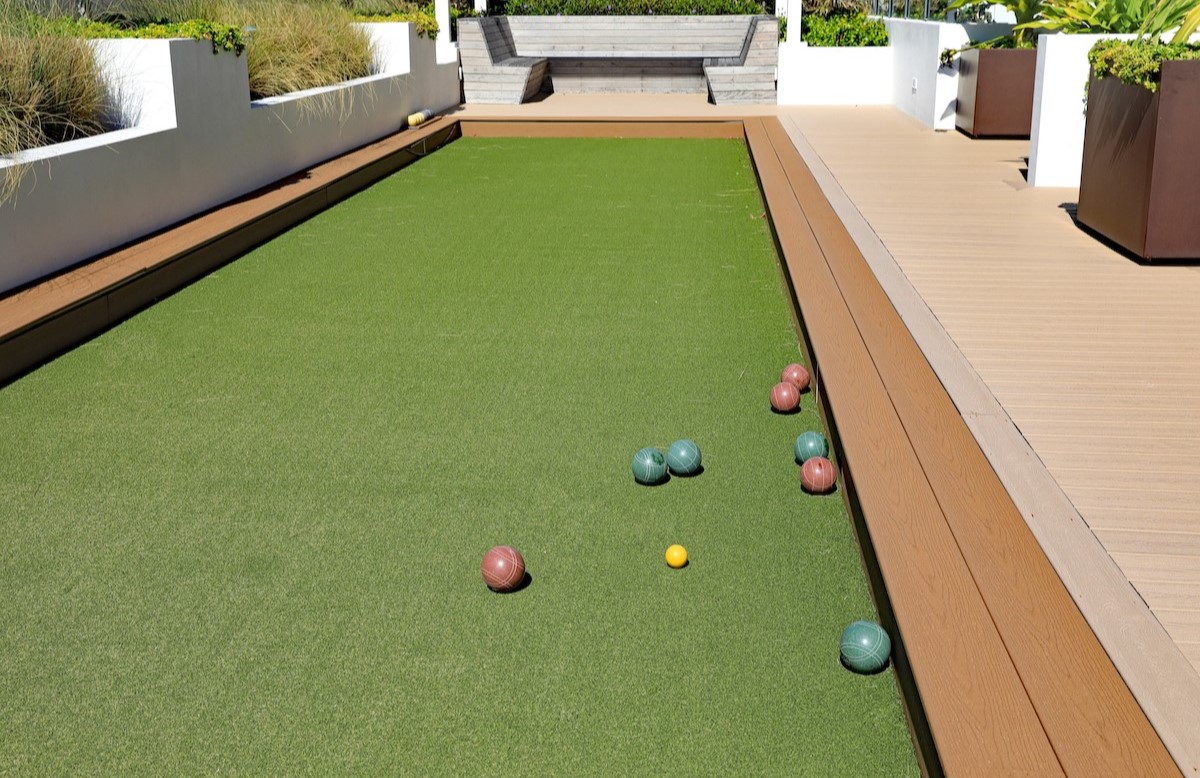
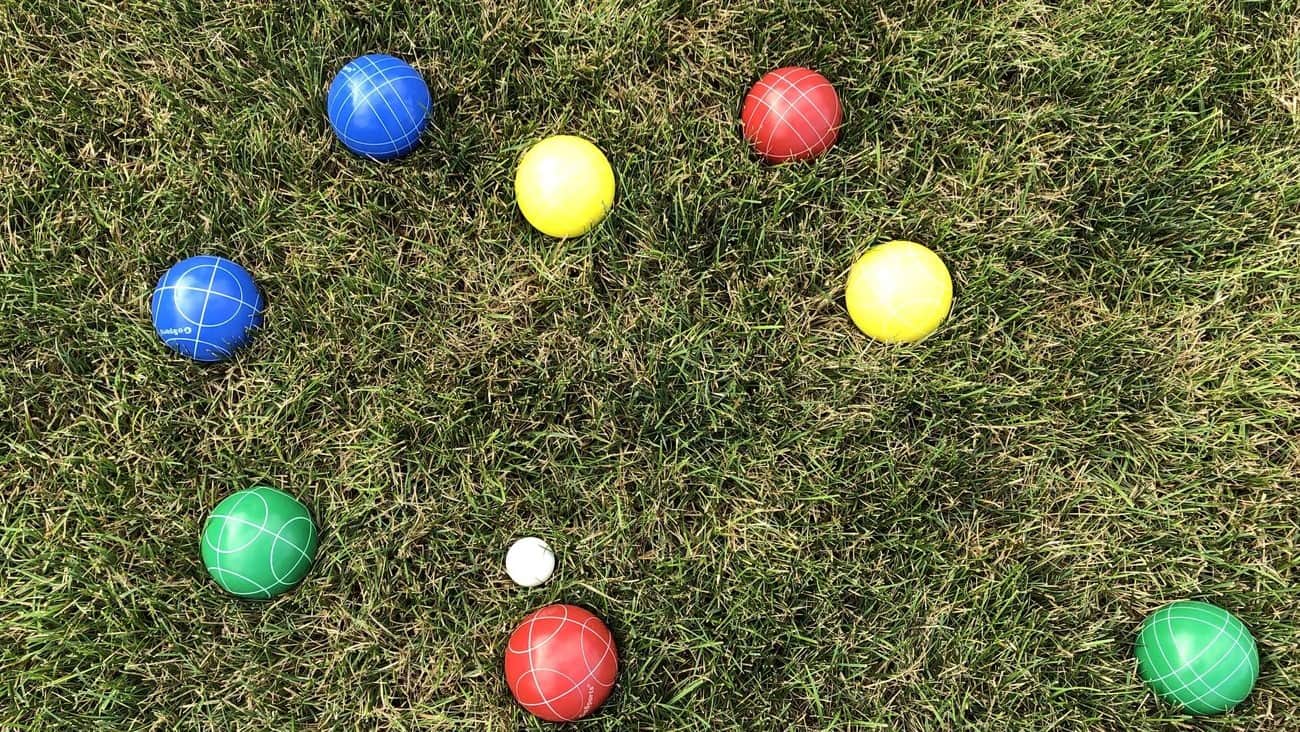
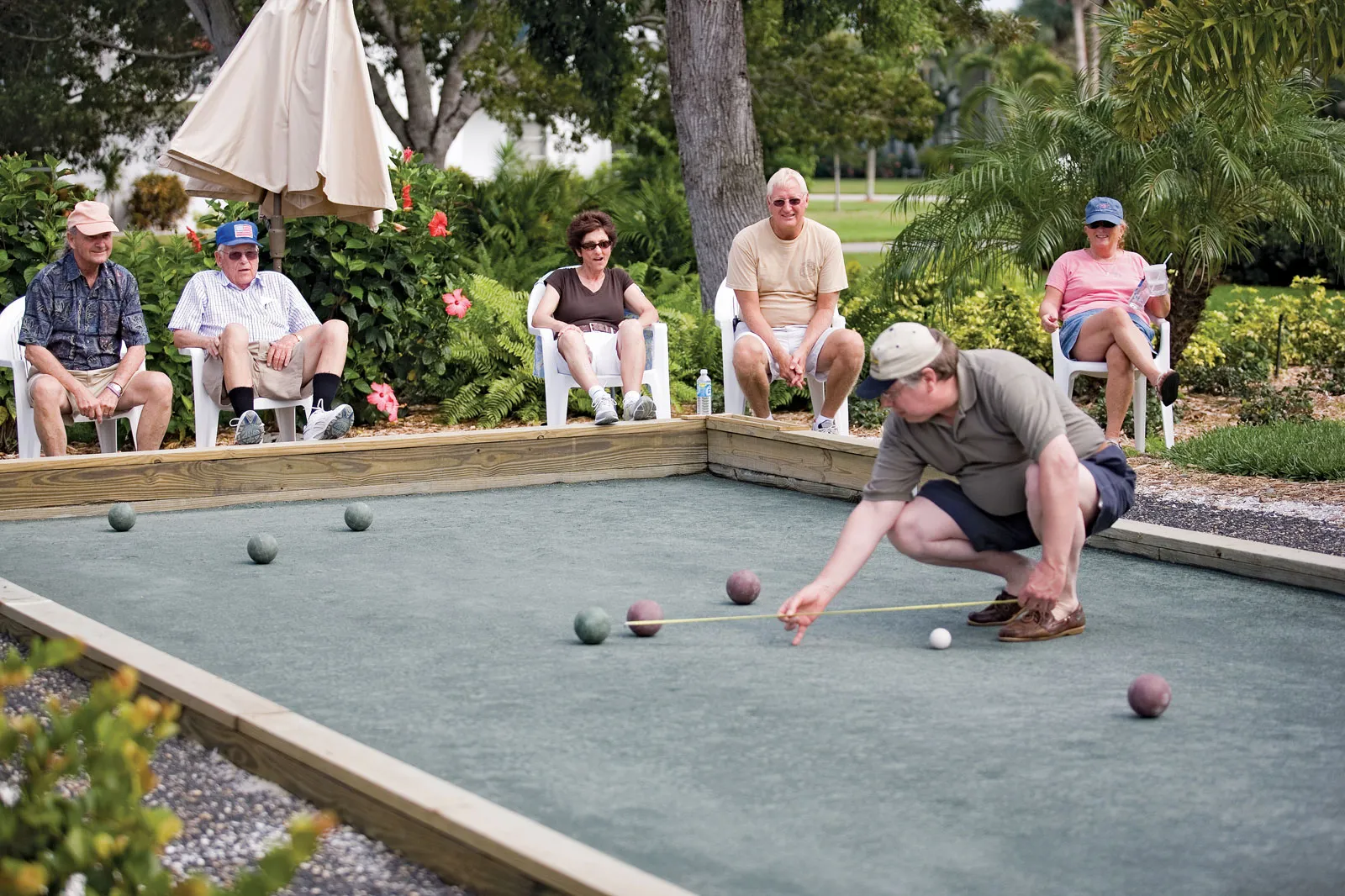
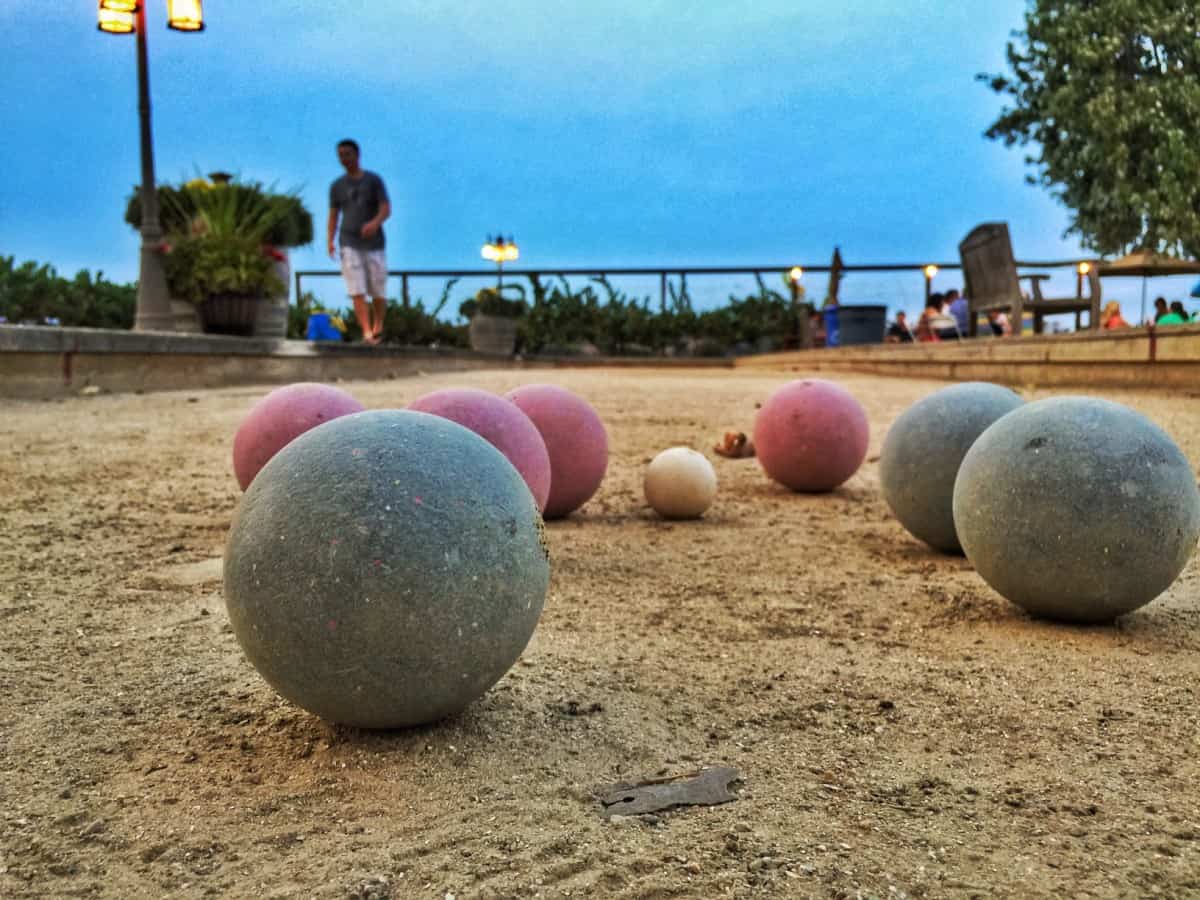
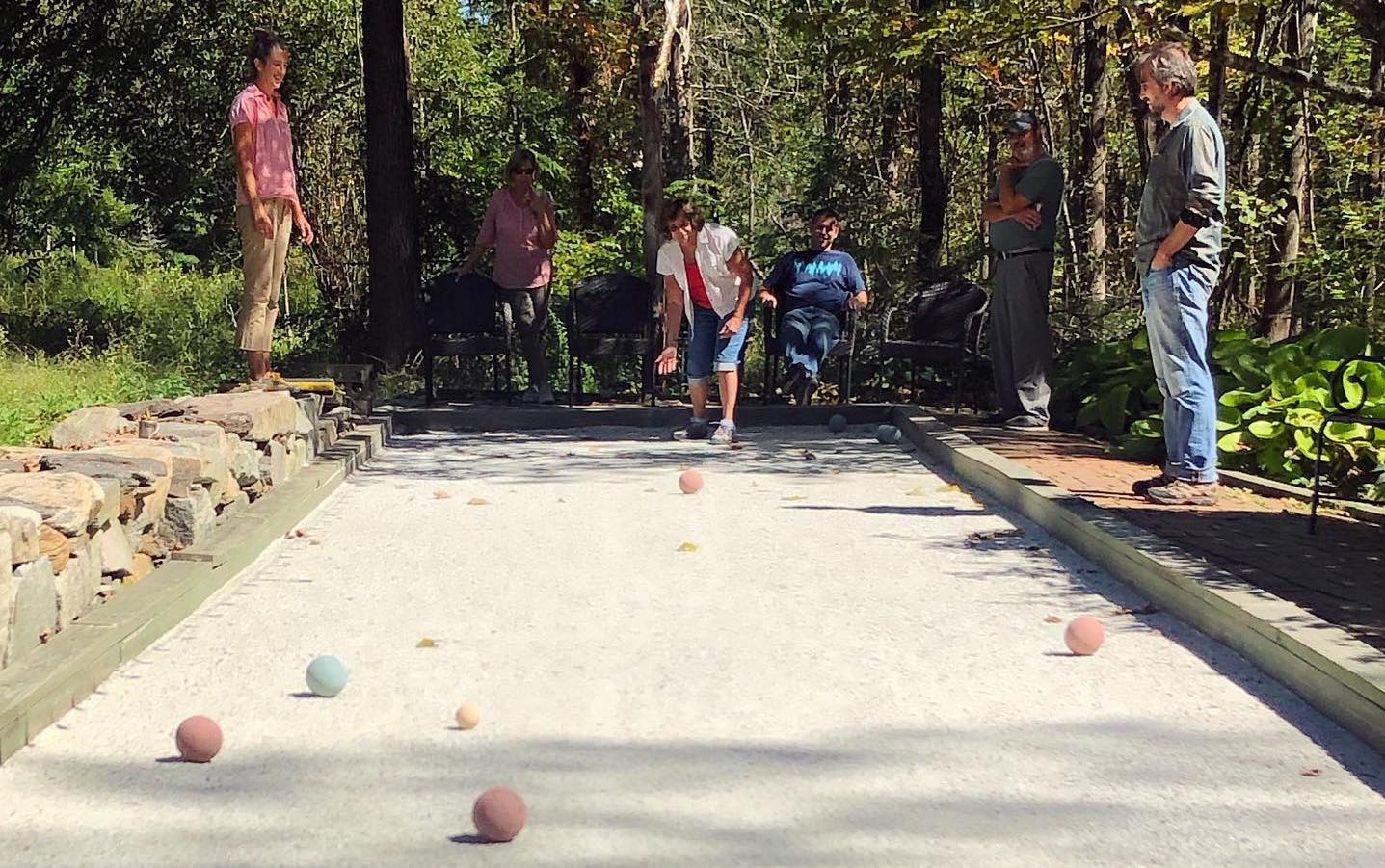
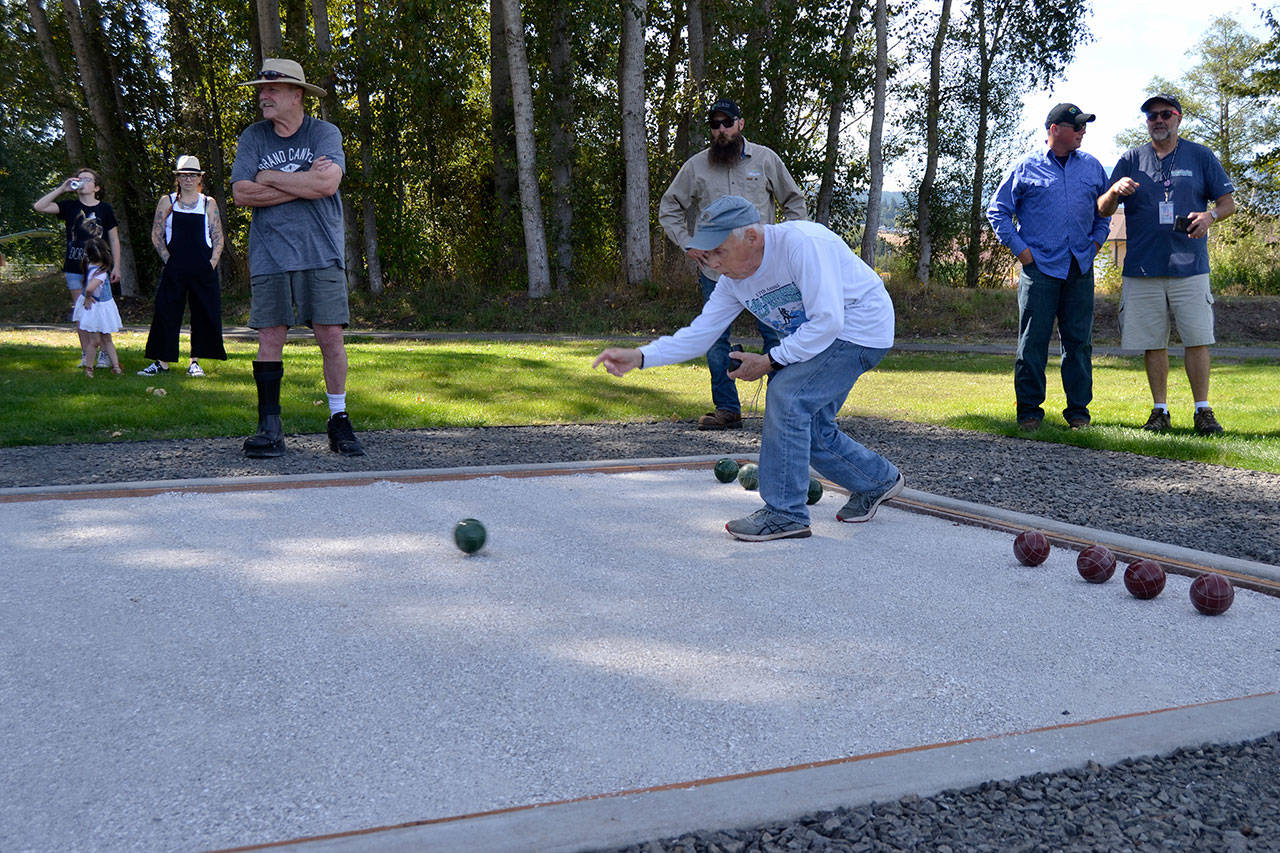
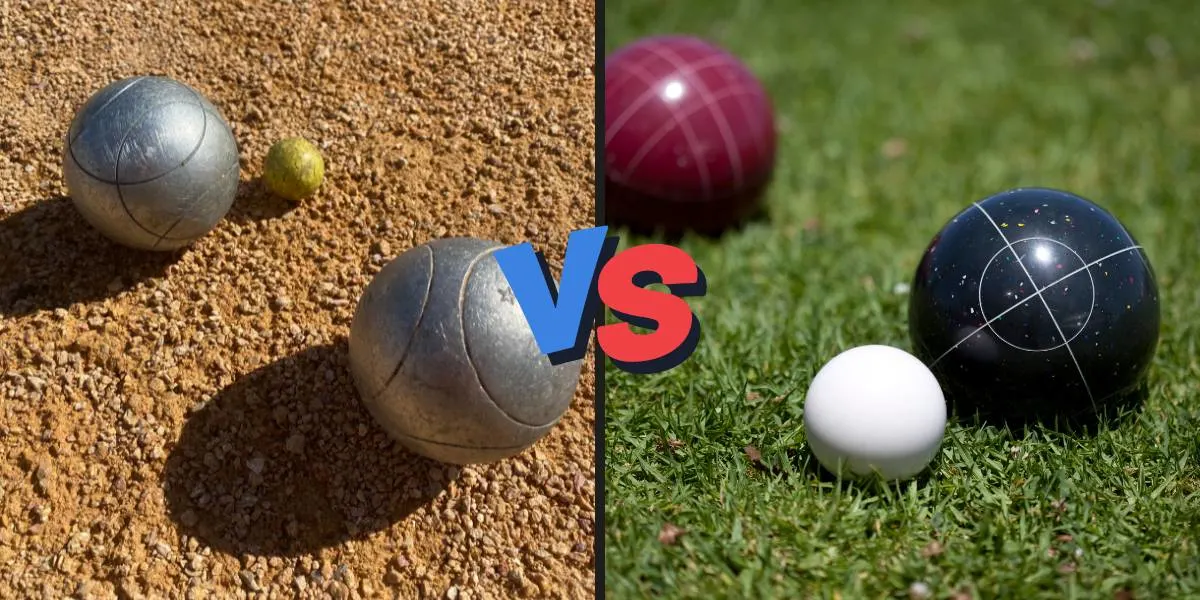

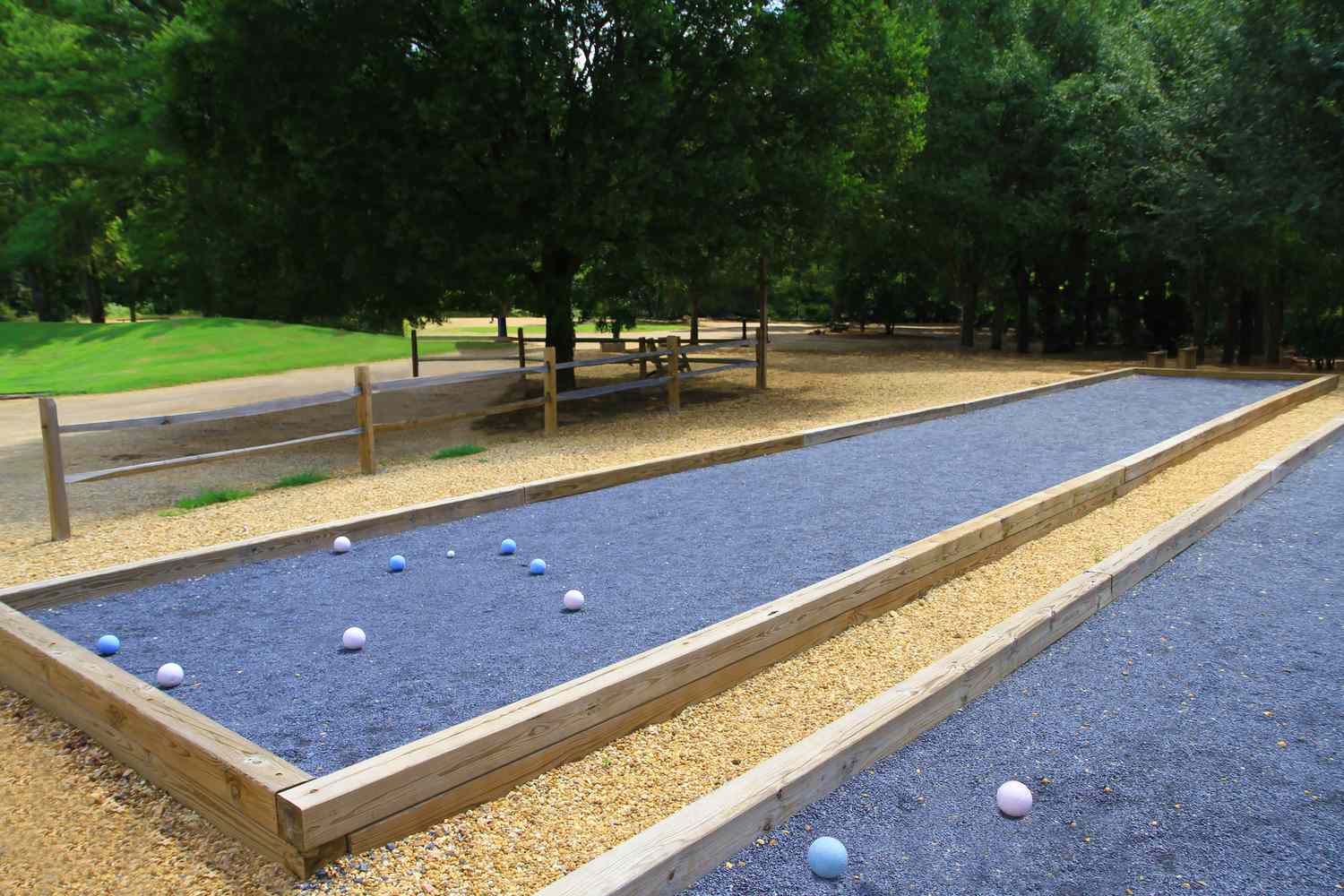
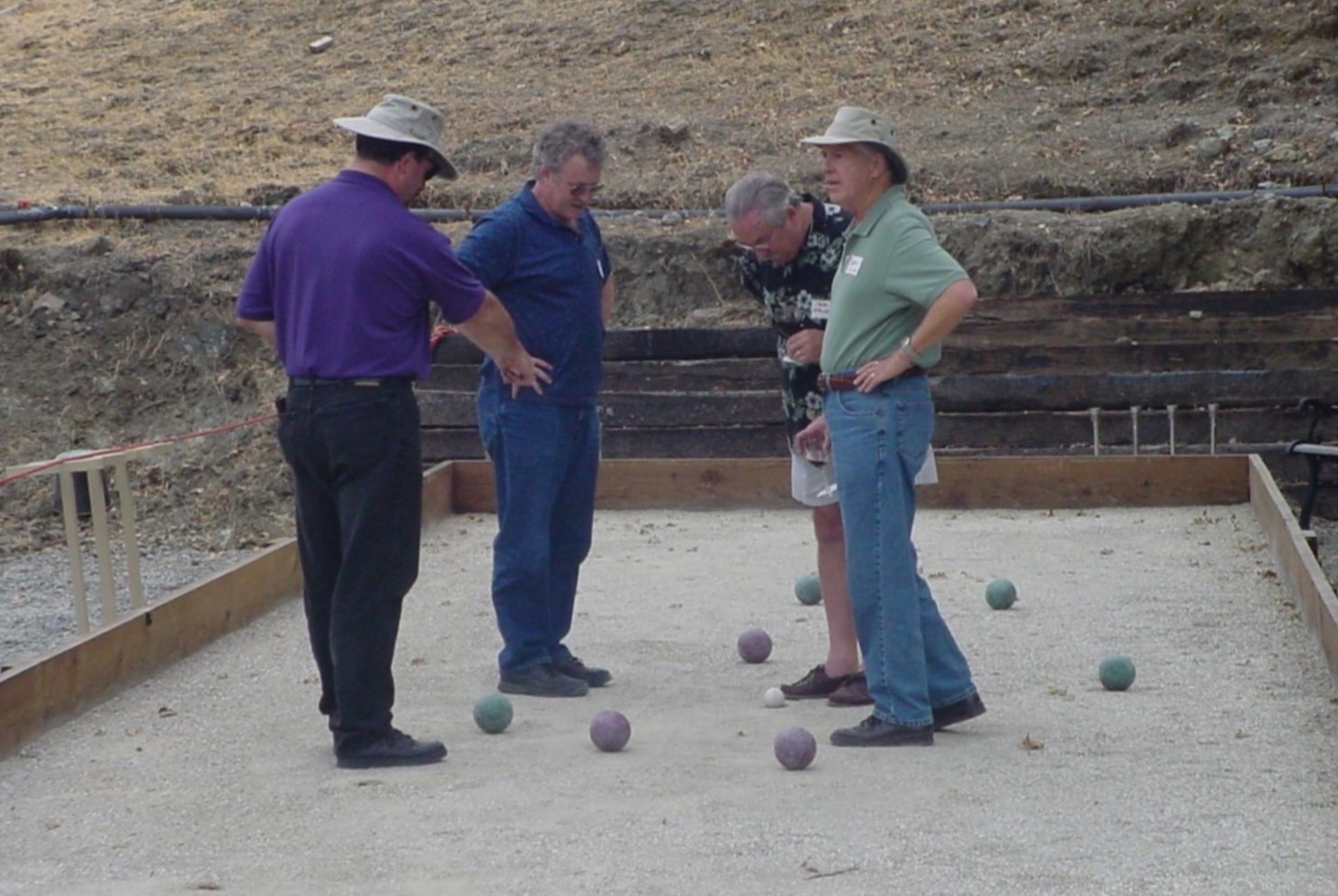
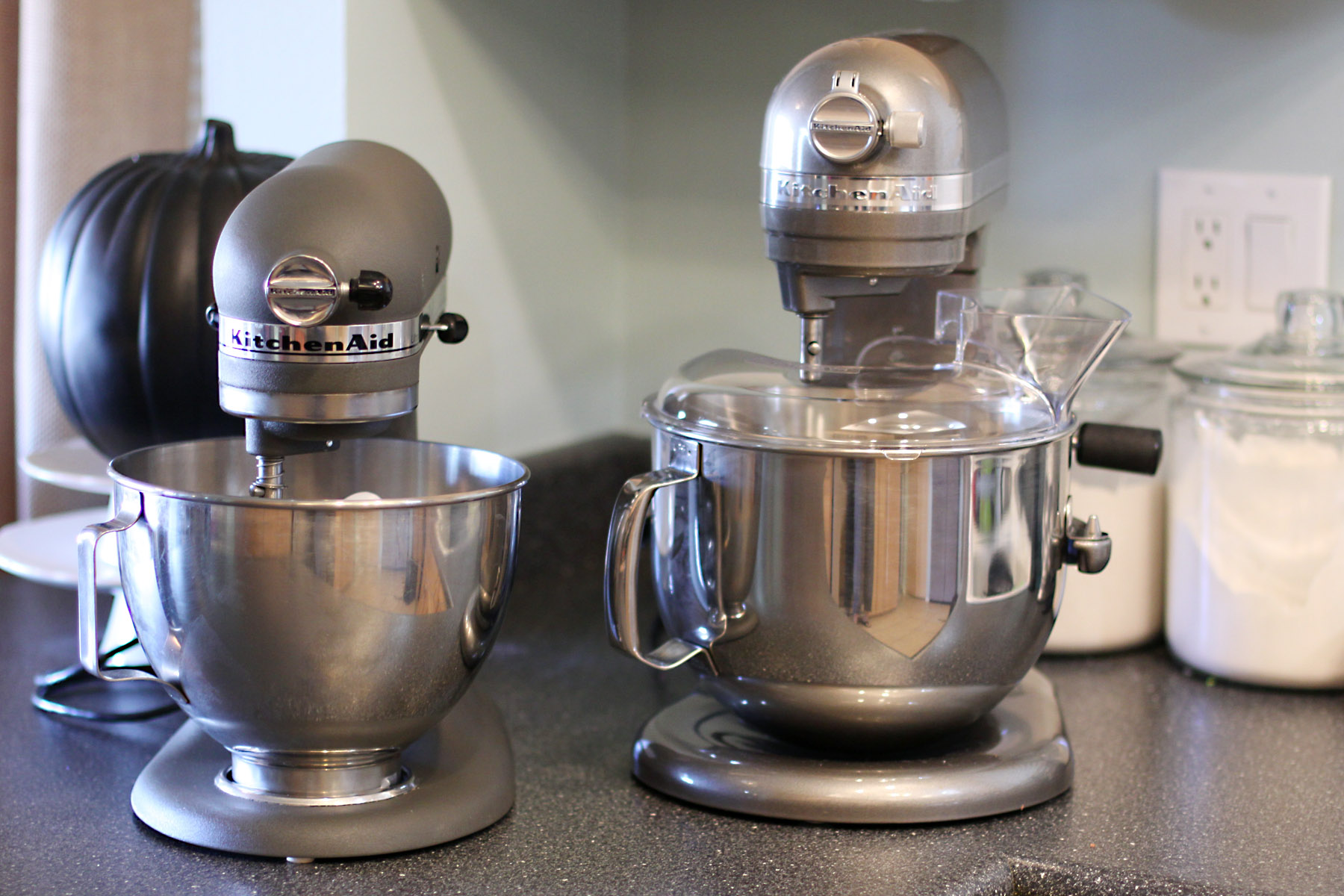
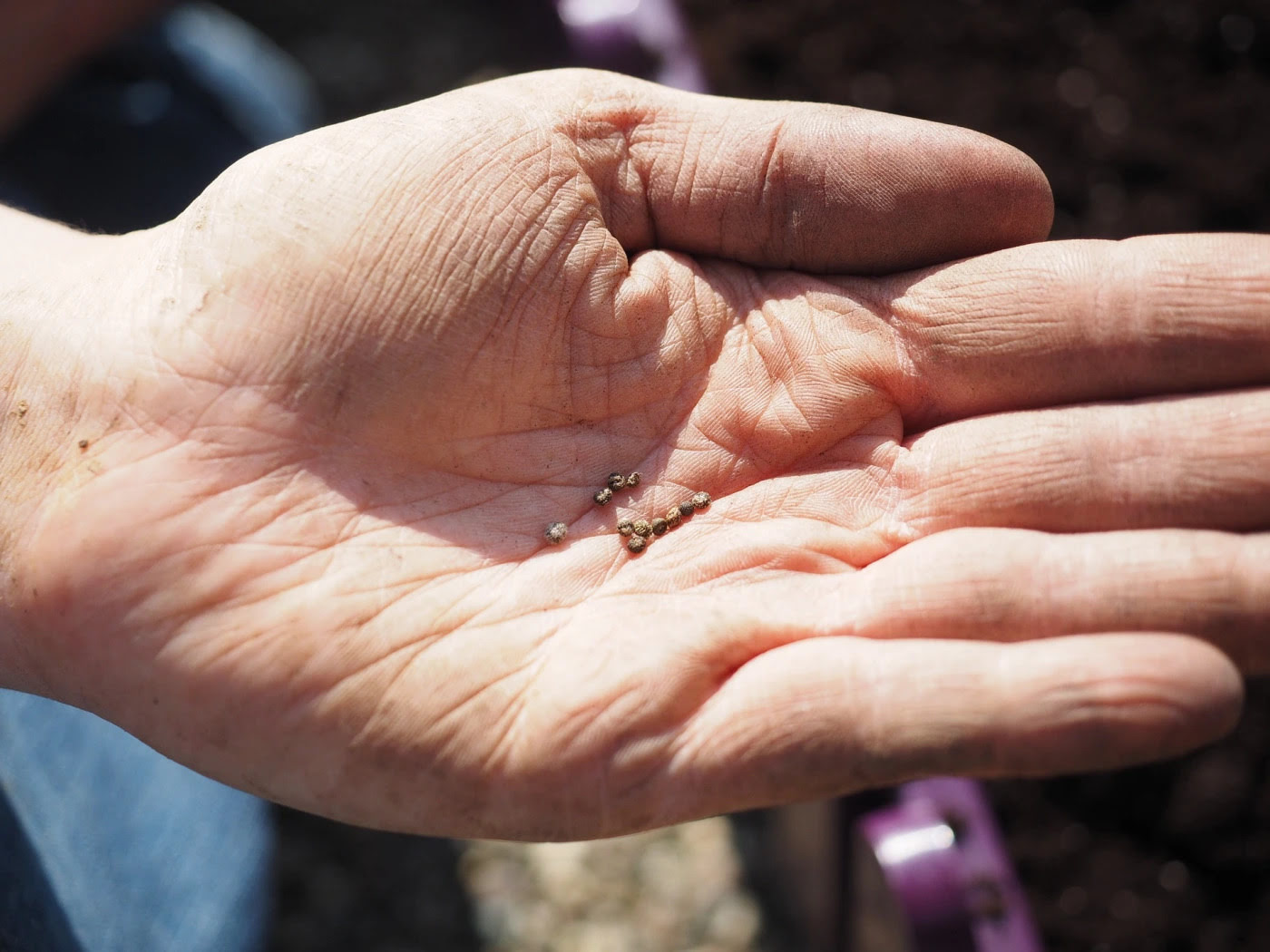
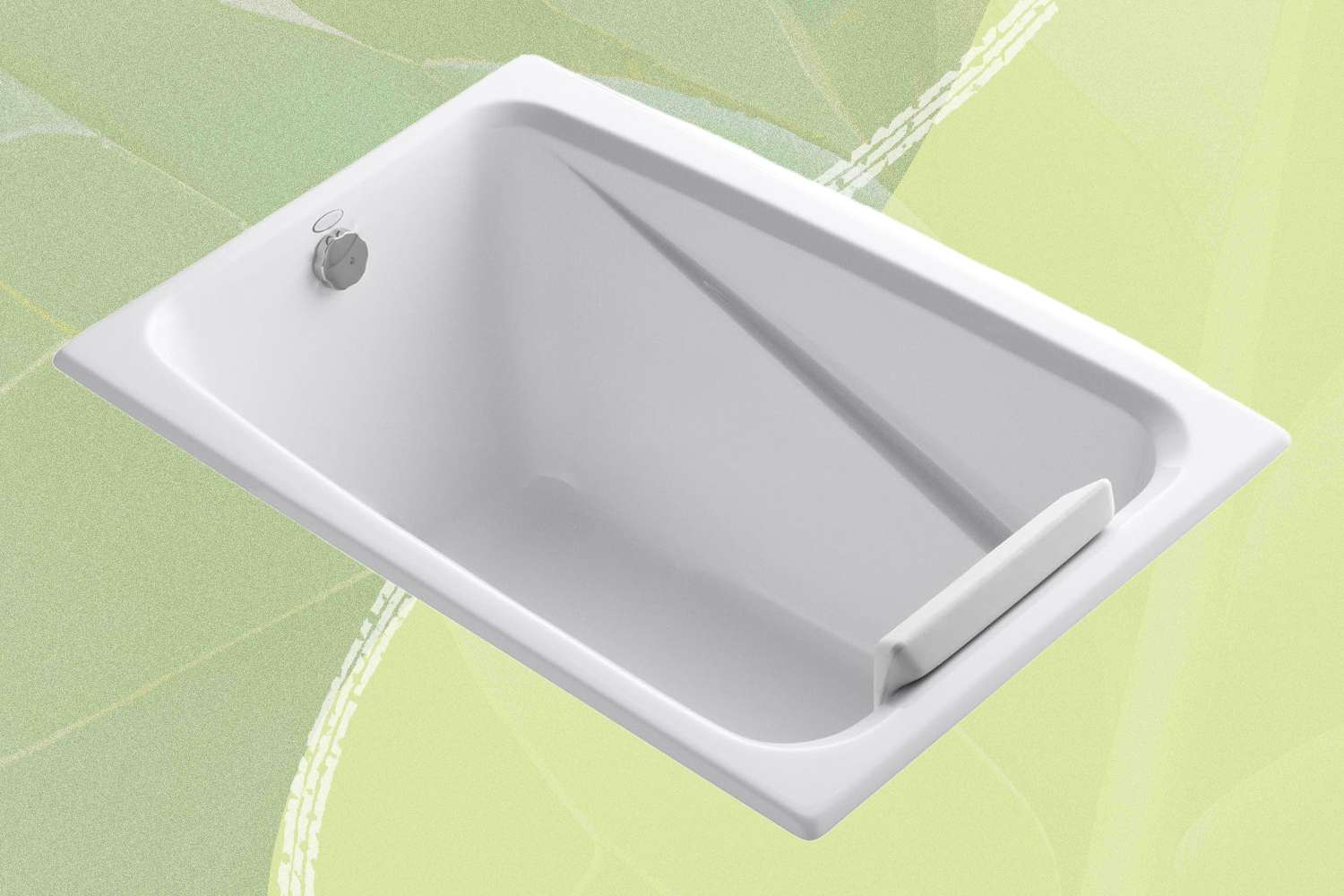
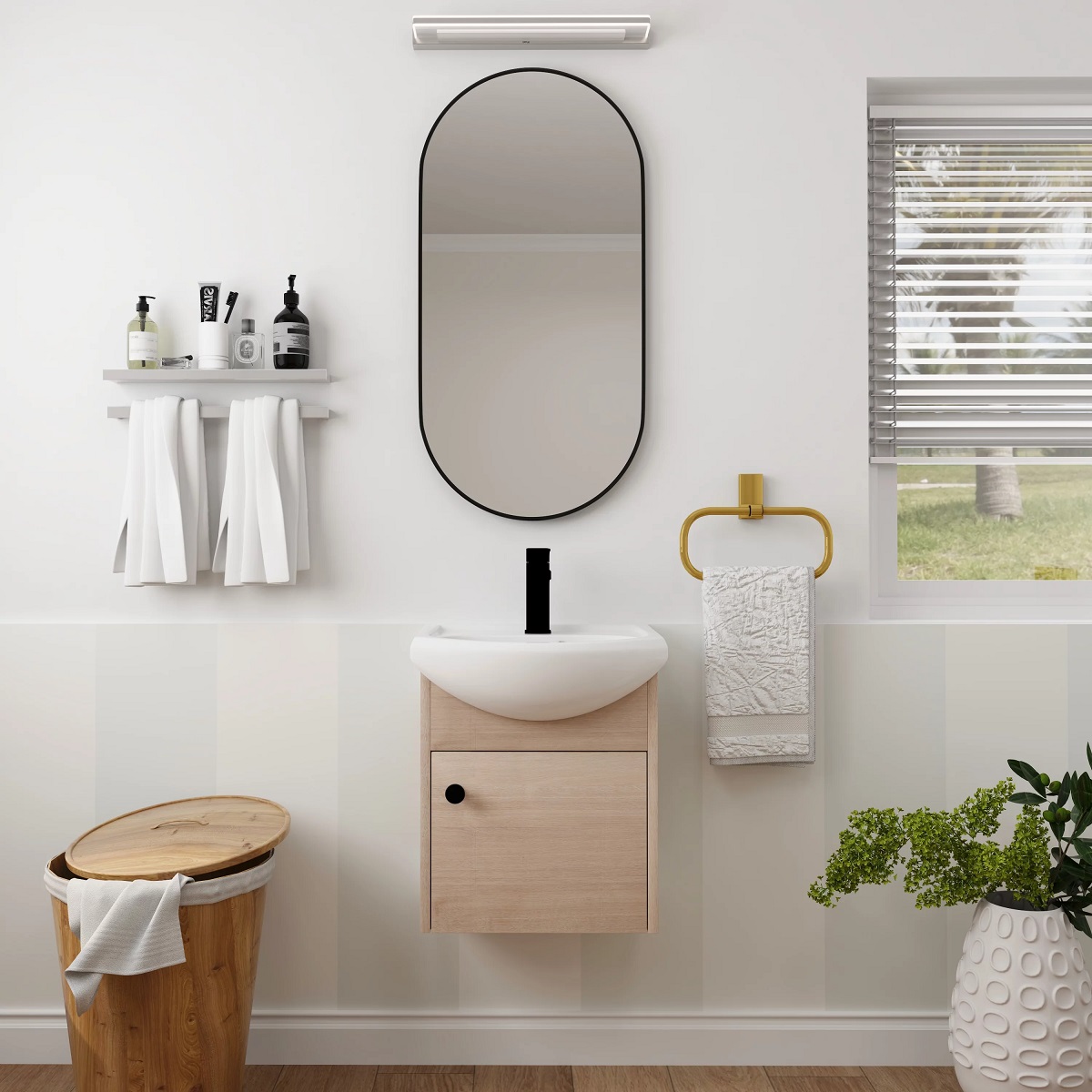


0 thoughts on “What Is The Name Of The Smallest Ball In Bocce Ball?”